The Flag of the 22nd International Congress
of Vexillology "FlagBerlin 2007"
Description and Symbolism
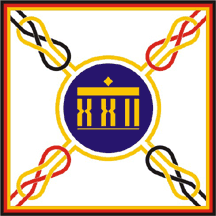 The
The flag of "FlagBerlin 2007" is a square with a white field and a
narrow border in the German national colours (black-red-gold). The
border colours start with black at the outermost. The
The flag of "FlagBerlin 2007" is a square with a white field and a
narrow border in the German national colours (black-red-gold). The
border colours start with black at the outermost.
At the centre is the yellow Congress logo, the Roman numerals "XXII" in shape of the "Brandenburg Gate", on a blue disk.
From the yellow edge surrounding the blue disk, four
diagonal stripes resembling halyards run diagonally to the four corners
of the flag, forming in their mid-sections the "vexillological knot" of
FIAV.
The halyards at the lower right and upper left are
black, those on the lower left and upper right are red, each meets a
yellow halyard emanating from the yellow rim of the blue circle.
The flag's square shape, the form of a historic
standard, recalls the Congress venue, the German Historical Museum,
which houses a great collection of over 2,000 flags. It comprises above
all the flags of the former Prussian arsenal and many flags of German
parties and organizations.
The white field of the flag represents the peaceful coexistence of the nations of the world.
The logo expresses the international character of the
congress. It shows the FIAV colours, royal blue and yellow. On the blue
disk the yellow Roman "XXII" stands for the 22nd ICV, on an image of
the Brandenburg Gate, the well-known symbol of Berlin, the site of
"FlagBerlin 2007".
Here, within the visual range of the Brandenburg Gate,
vexillologists from all corners of the World are meeting, represented
by the diagonals and their "vexillological knots" running from the four
corners to the centre of the flag and reminding of the close ties
between the two hemispheres.
The knot is the emblem of the FIAV, which was introduced
by Klaes Sierksma in 1967, during the 2nd International Congress of
Vexillology in Zurich (Switzerland).
German national colours form the border, representing Germany as host of the 22nd ICV.
The black-red-gold colours have been a symbol of the
German national movement since the first half of the 19th century. They
appeared in the modern form of a horizontal tricolour for the first
time in 1832, expressing the all-German thinking and liberal views.
Revolutionary events in March 1848 brought about their general
acceptance. In 1866 Chancellor Otto von Bismarck introduced, in
deliberate contrast to them, a black-white-red flag for the
North-German Union and eventually for the German Empire, which flew
until the German Revolution in November 1918. In 1918 black-red-gold
became the symbols of the German Republic. But the National Assembly of
the Weimar Republic made a grave political compromise: while the
colours of the republic were black-red-gold, the merchant flag was
black-white-red with the national colours in the upper corner near the
hoist. This compromise was abolished by Hitler's government in 1933,
when black-red-gold colours were banished from public life. After the
fall of the Hitler regime in 1945 black-red-gold had their renaissance.
In 1949 two German states came into being, both making black-red-gold
their colours and the German Democratic Republic placing its arms in
the centre of its flag in 1959.
Since 1990 the black-red-gold colours have formed the flag of reunited Germany.
The Congress flag was designed by Jens Pattke, member of
the German Vexillological Society, and in April 2006 it was selected
out of more than 125 proposals by the Organizational Committee of
"FlagBerlin 2007" after a two-phase competition international
participation.
The flags of the
International Congresses of Vexillology
| |
| |
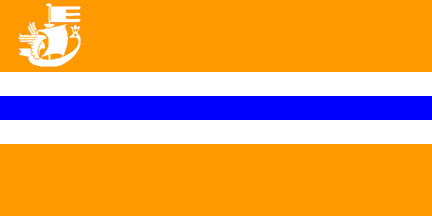 |
|
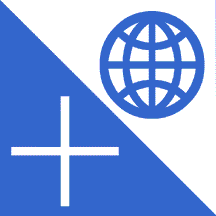 |
|
1.ICV
Muiderberg (NLD)
04.09.-05.09.1965 |
|
2.ICV
Zurich (CHE)
01.09-03.09.1967
|
| |
| |
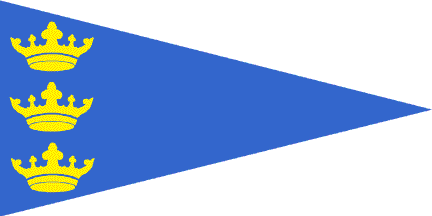 |
|
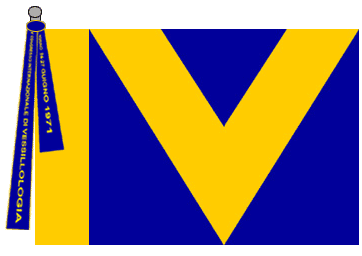 |
|
|
3.ICV
Boston (USA)
05.09.-7.09.1969
|
|
4.ICV
Turin (ITA)
24.-27.06.1971
|
| |
| |
 |
|
 |
|
|
5.ICV
London (GBR)
13.09.-18.09.1973
|
|
6.ICV
IJsselmeer (NLD)
16.04.-20.04.1975
|
| |
| |
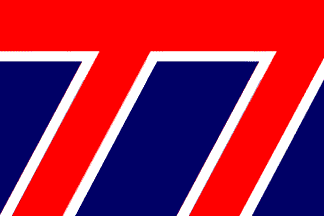 |
|
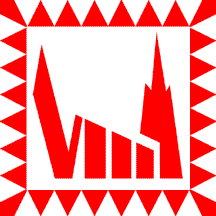 |
|
7.ICV
Washington (USA)
10.06.-14.06.1977 |
|
8.ICV
Vienna (AUT)
26.06.-29.06.1979
|
| |
| |
 |
|
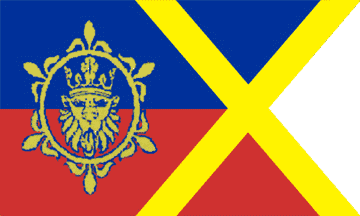 |
|
|
9.ICV
Ottawa (CAN)
24.08.-28.08.1981
|
|
10.ICV
Oxford (GBR)
25..09.-30.09.1983
|
| |
| |
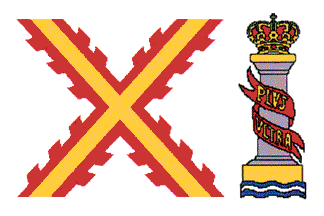 |
|
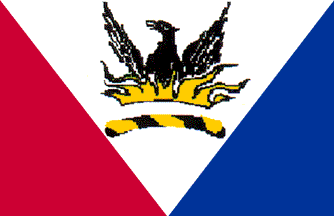 |
|
|
11.ICV
Madrid (ESP)
26.05.-31.05.1985
|
|
12.ICV
San Francisco (USA)
12.08.1987-16.08.1987
|
| |
| |
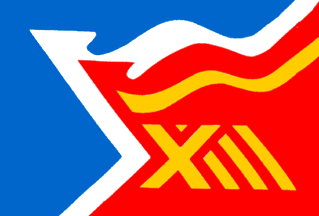 |
|
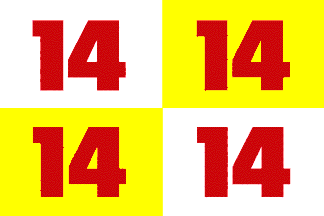 |
|
|
13.ICV
Melbourne (AUS)
24.09.-29.09.1989
|
|
14.ICV
Barcelona (ESP)
30.06.-05.07.1991
|
| |
| |
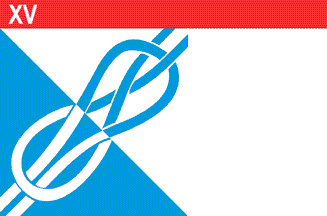 |
|
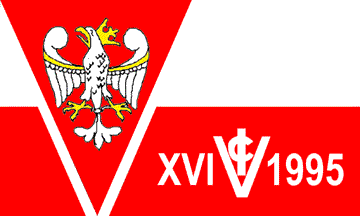 |
|
|
15.ICV
Zurich (CHE)
23.08-27.08.1993
|
|
16.ICV
Warsaw (POL)
01.07.-05.07.1995
|
| |
| |
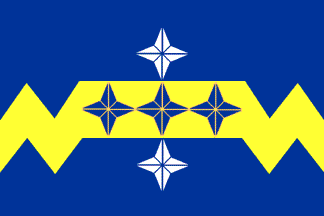 |
|
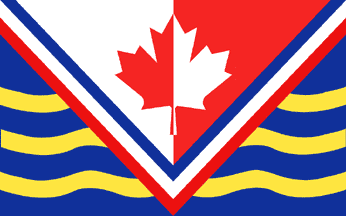 |
|
|
17.ICV
Cape Town (ZAF)
10.08.-16.08.1997
|
|
18.ICV
Victoria (CAN)
28.07.-02.08.1999
|
| |
| |
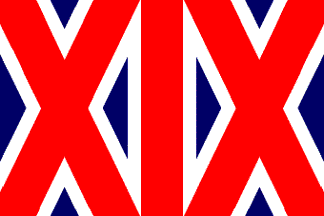 |
|
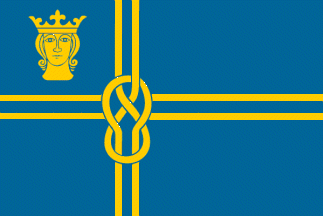 |
|
|
19.ICV
York (GBR)
23.07.-27.07.2001
|
|
20.ICV
Stockholm (SWE)
25.08.-30.082003
|
| |
| |
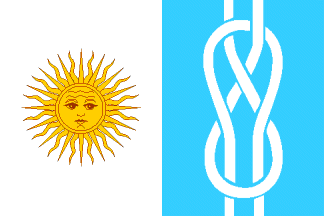 |
|
 |
|
|
21.ICV
Buenos Aires (ARG)
31.07.-06.08.2005
|
|
22.ICV
Berlin (DEU)
06.08-10.08.2007
|
| |
|
Images by Jens Pattke (DGF,
FotW)
|
|
|
|
|
|
|
|

Contacts
ORGANIZING COMMITTEE OF THE 22.ICV "FLAG-BERLIN
2007"
c/o GERD VEHRES
ANDREASSTRASSE 33
10243 BERLIN , GERMANY
EMAIL: g_vehres@yahoo.de
WEB HOMEPAGE: http://www.flagberlin2007.de
For further information about the German Historical
Museum:
DEUTSCHES HISTORISCHES MUSEUM
( GERMAN HISTORICAL MUSEUM )
UNTER DEN LINDEN 2
10117 BERLIN , GERMANY
WEB HOMEPAGE: http://www.dhm.de
|



